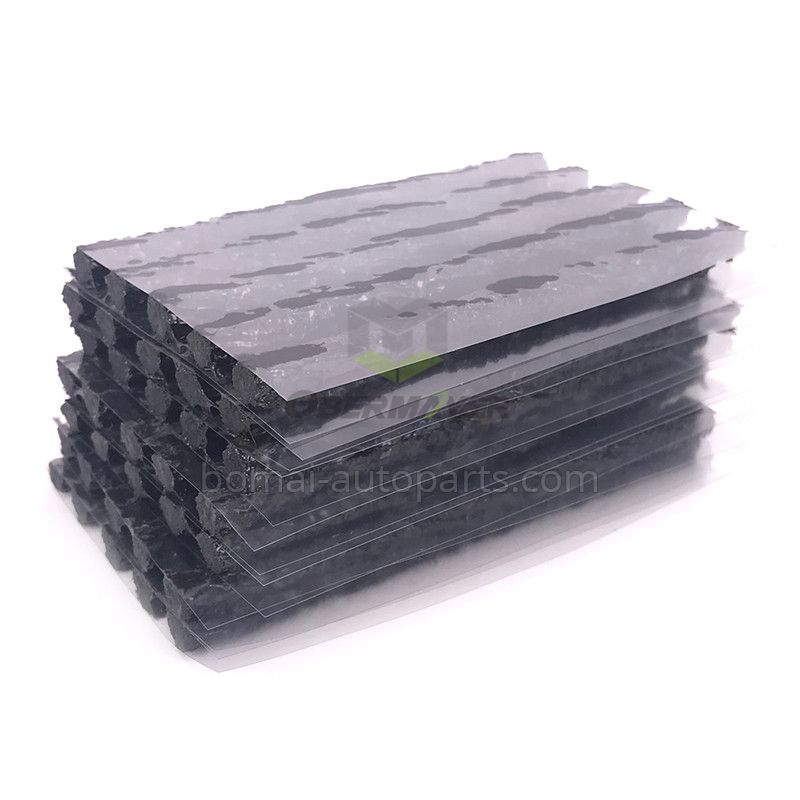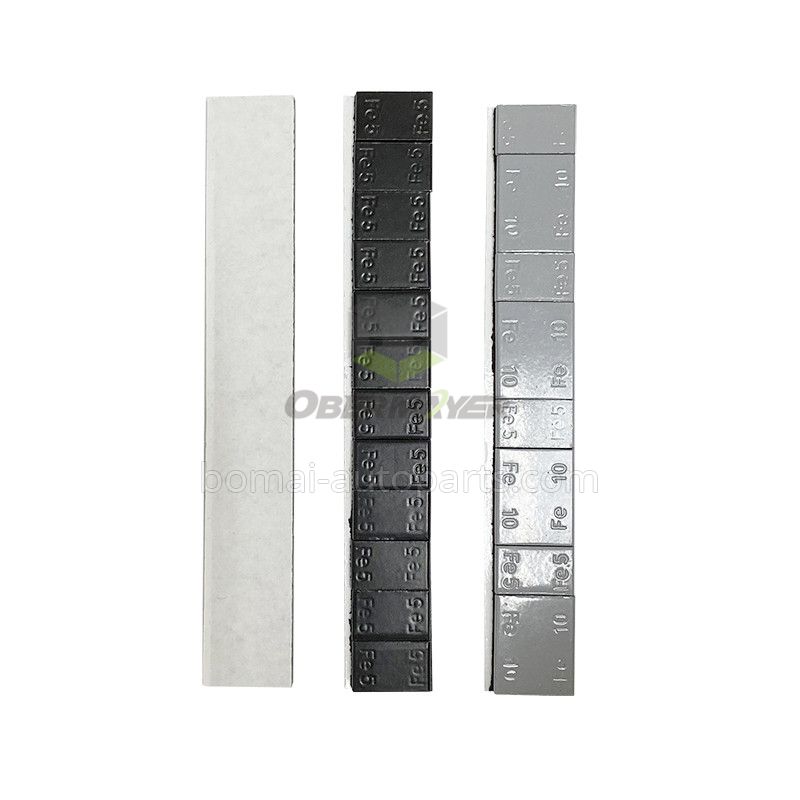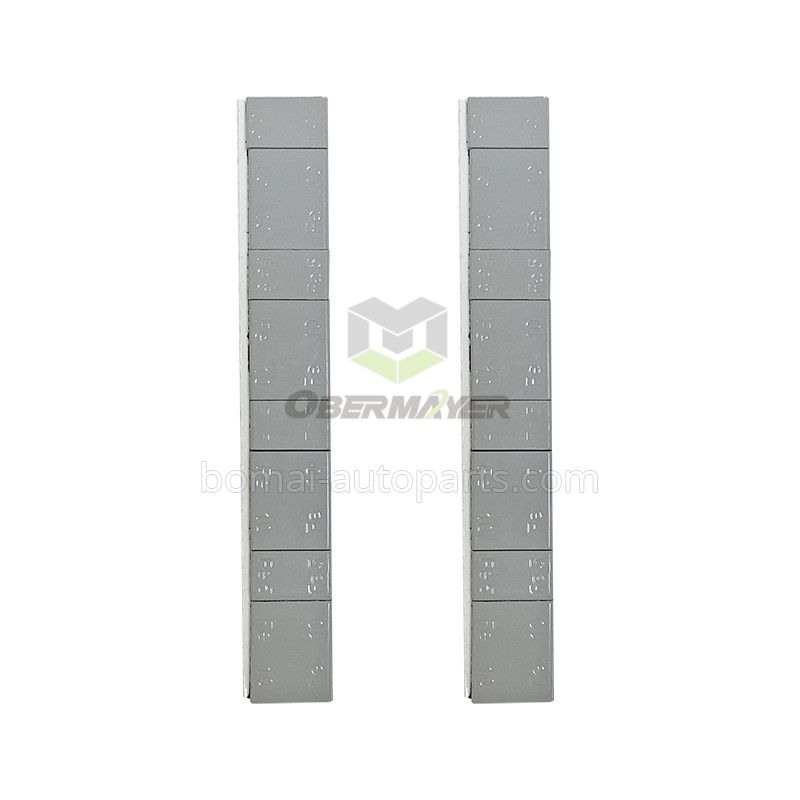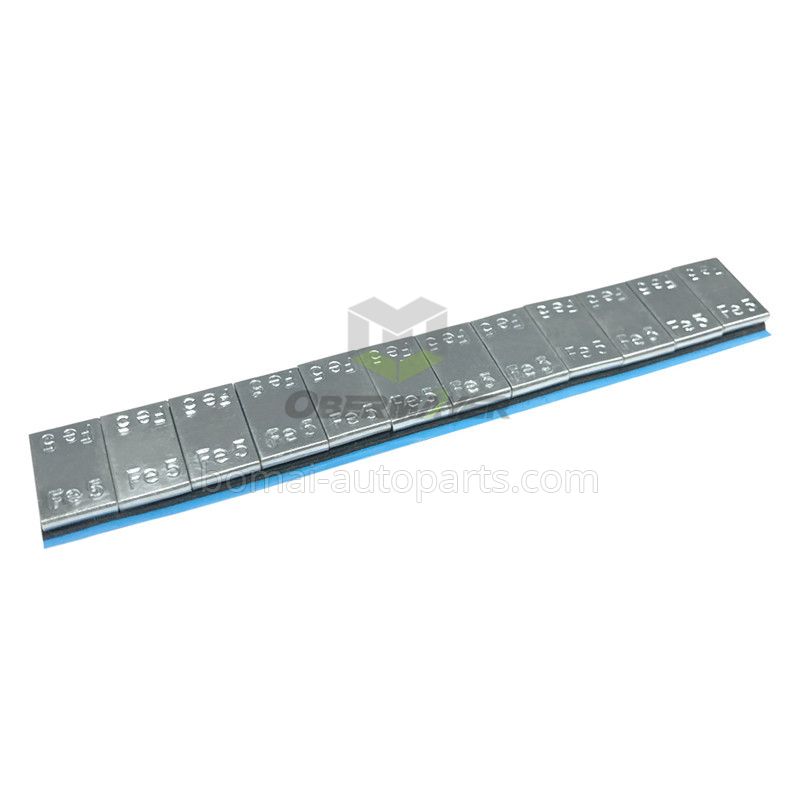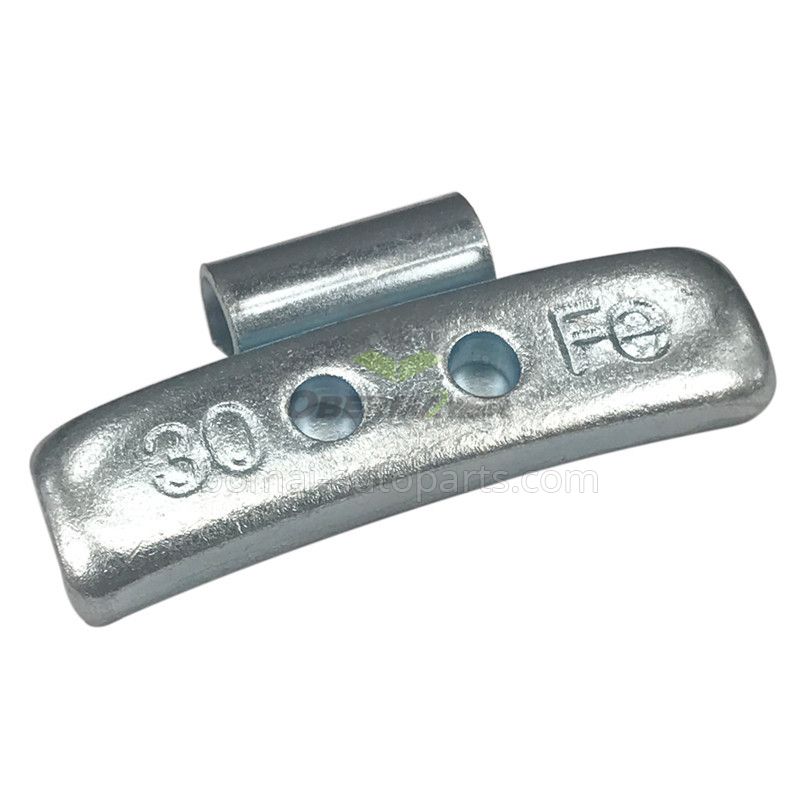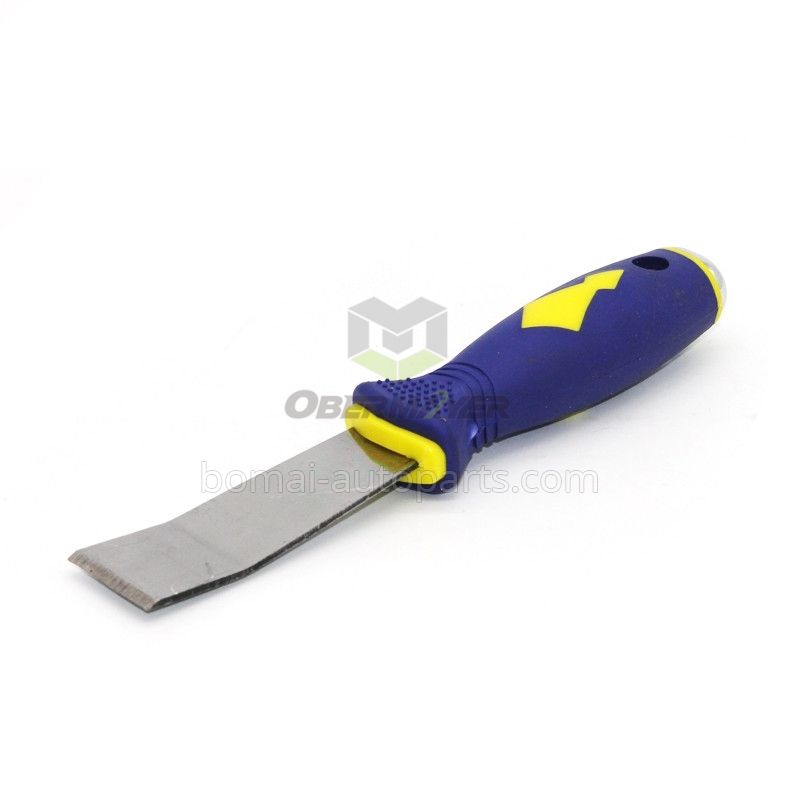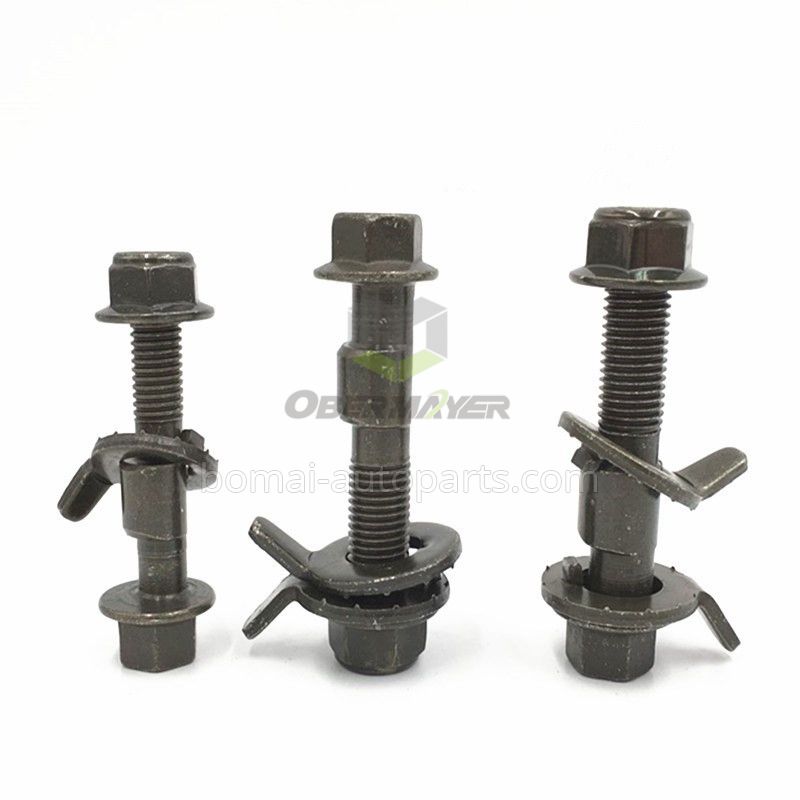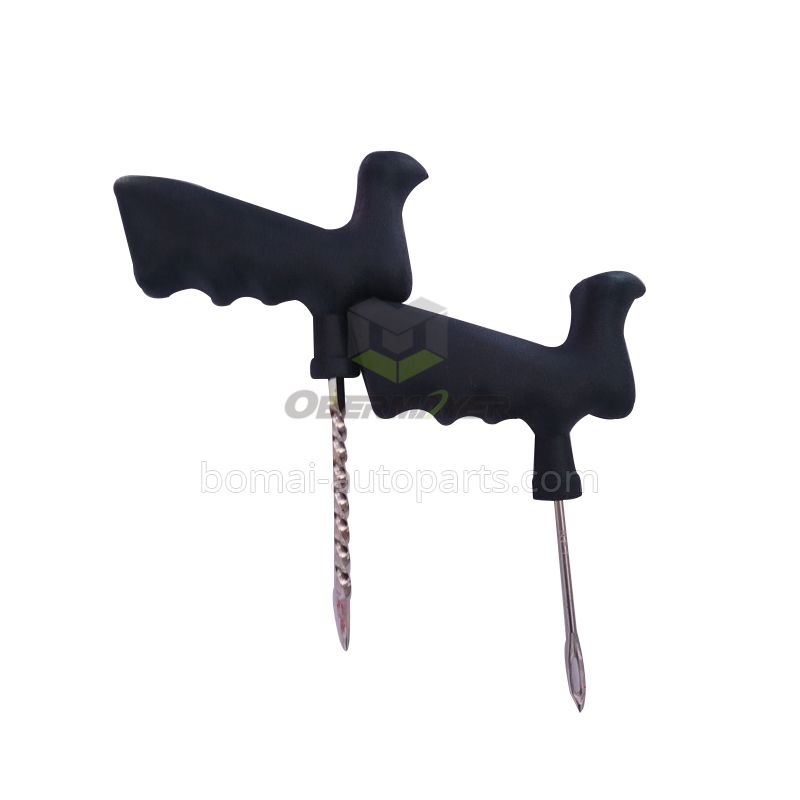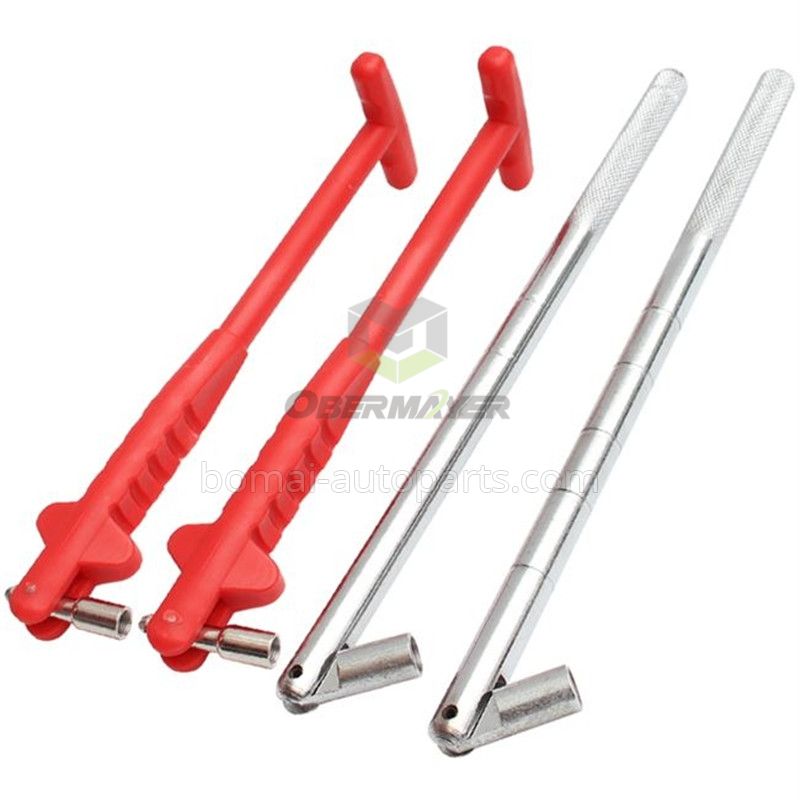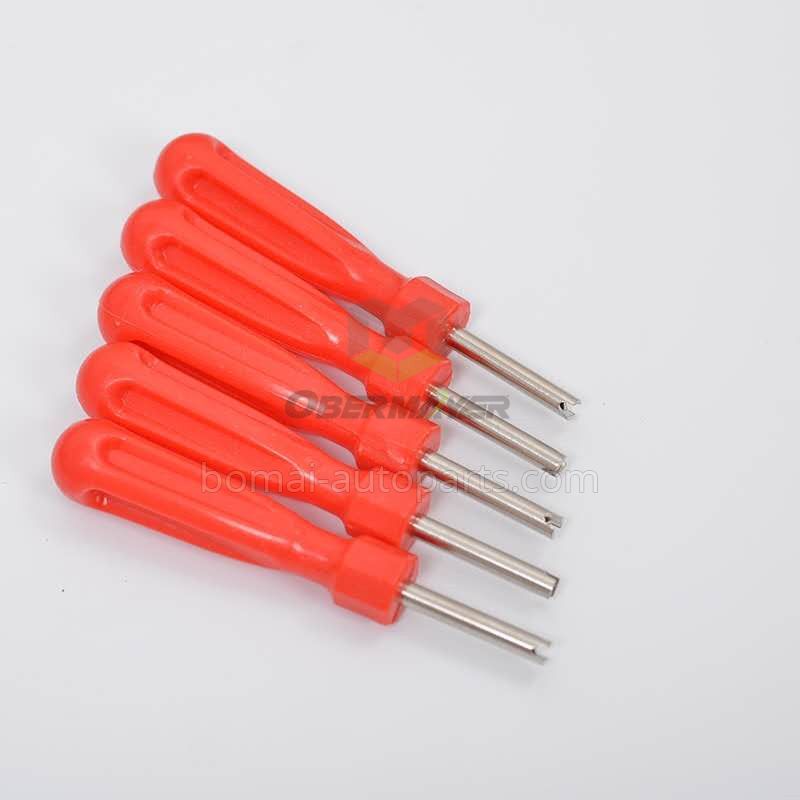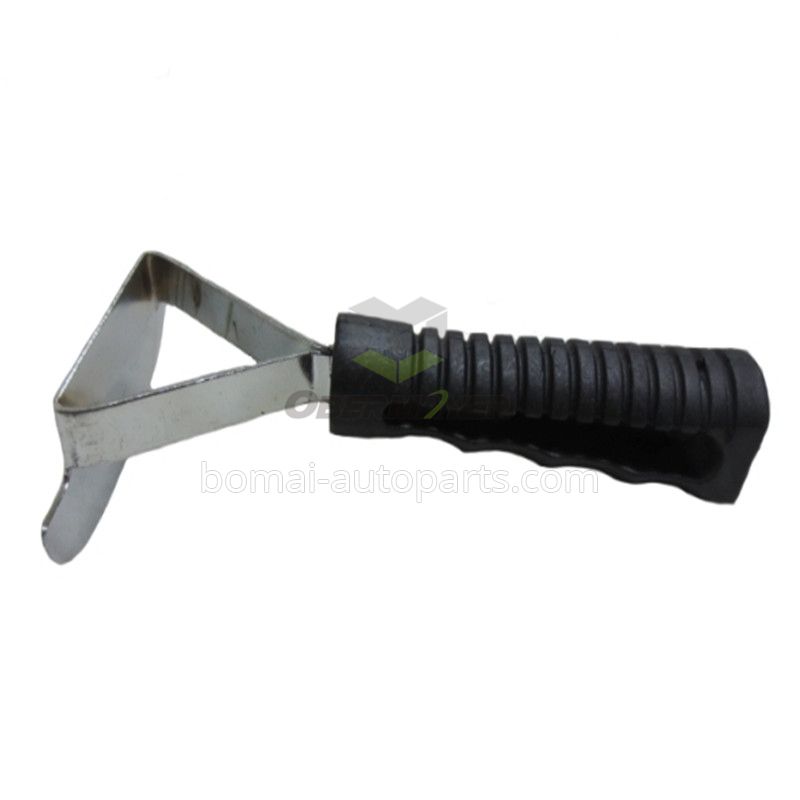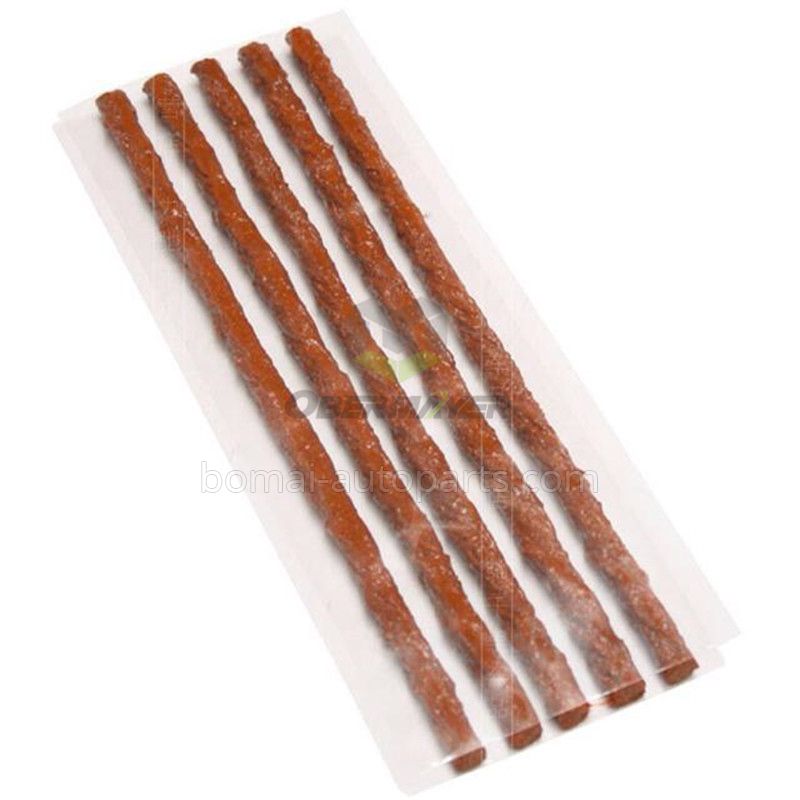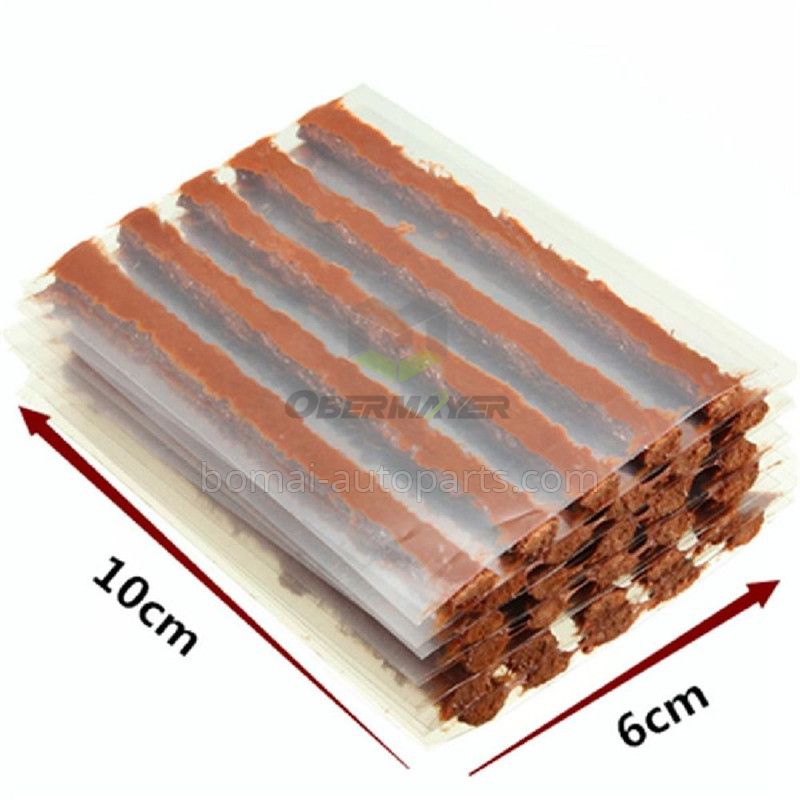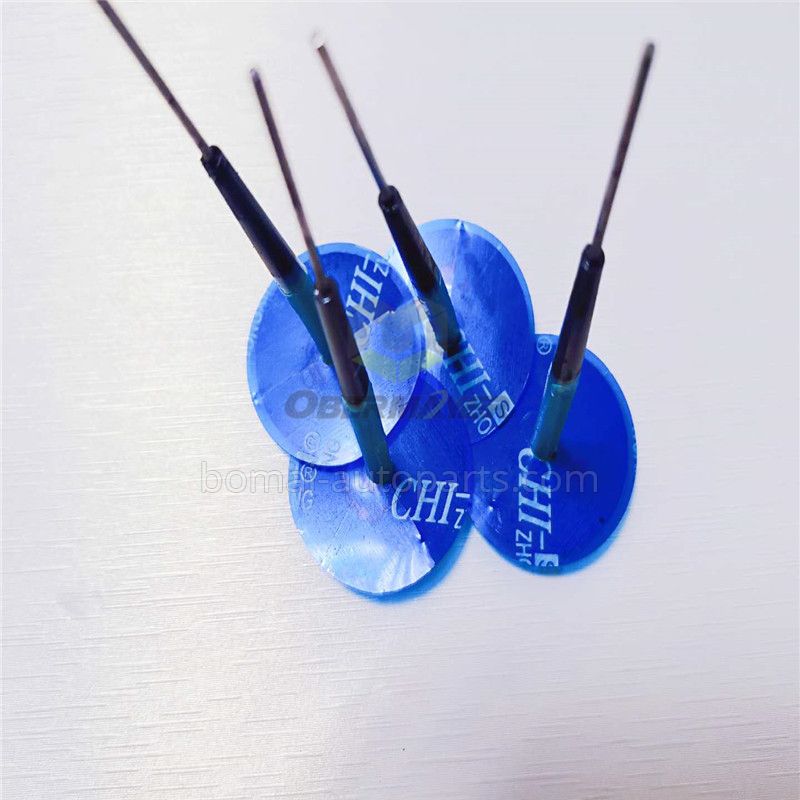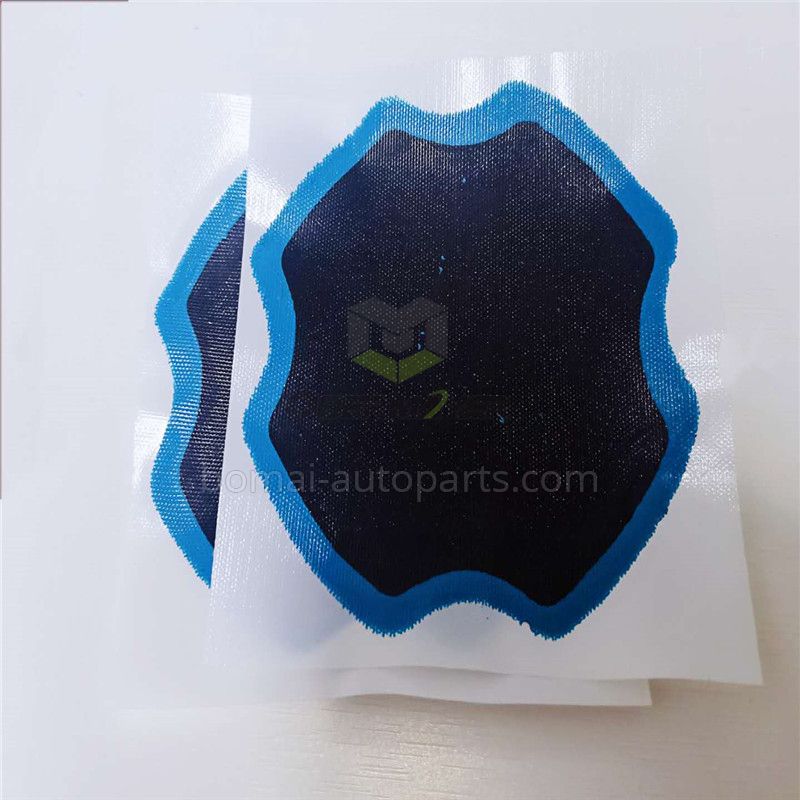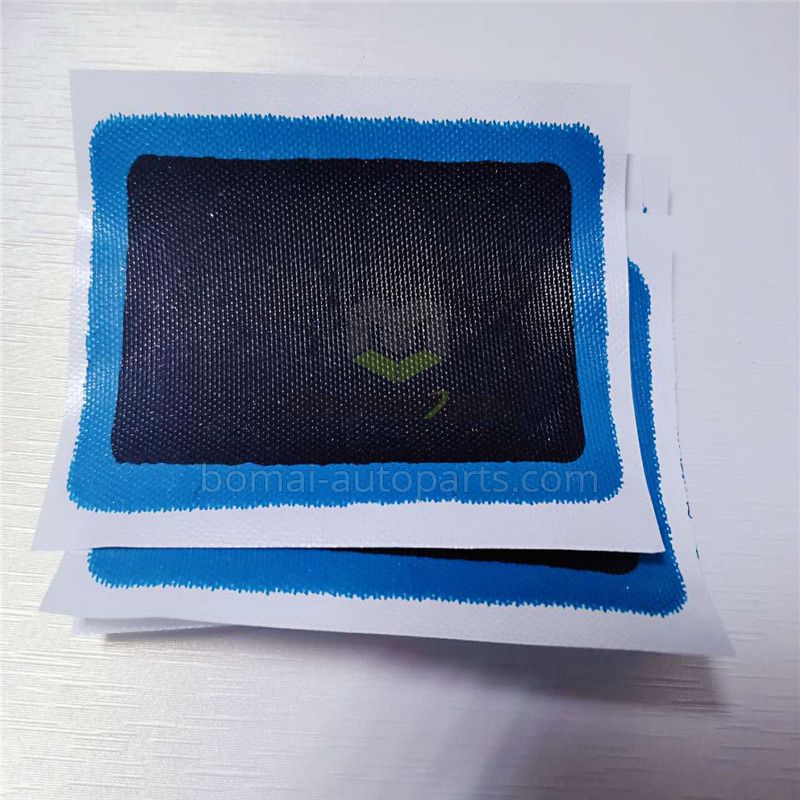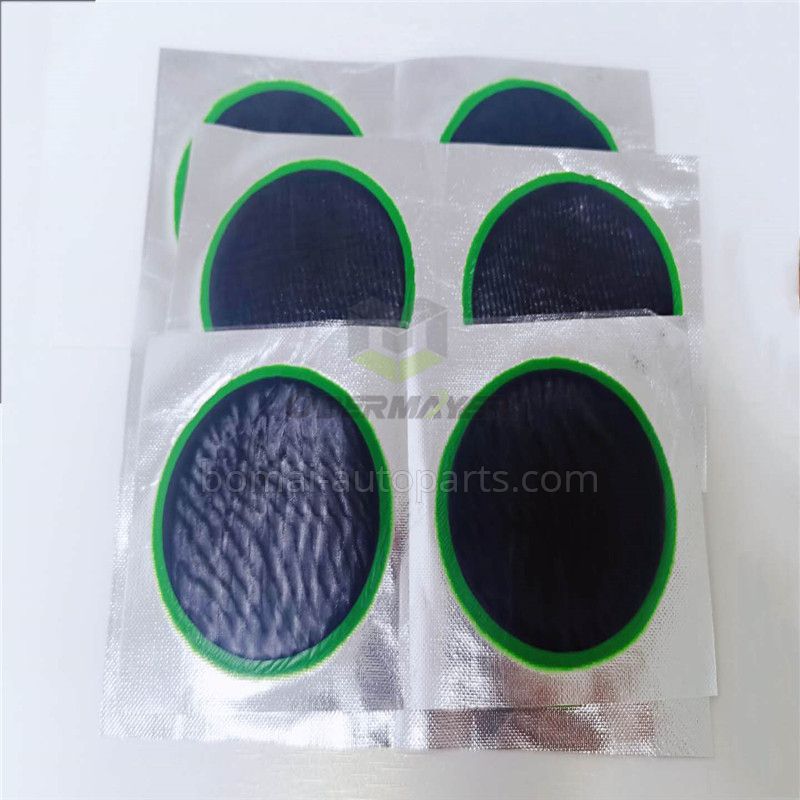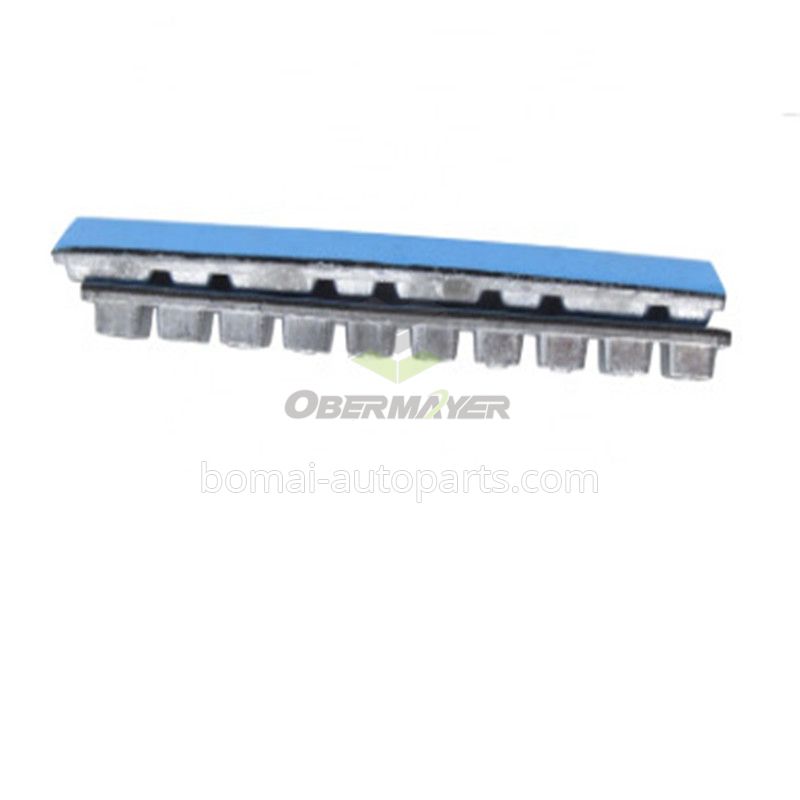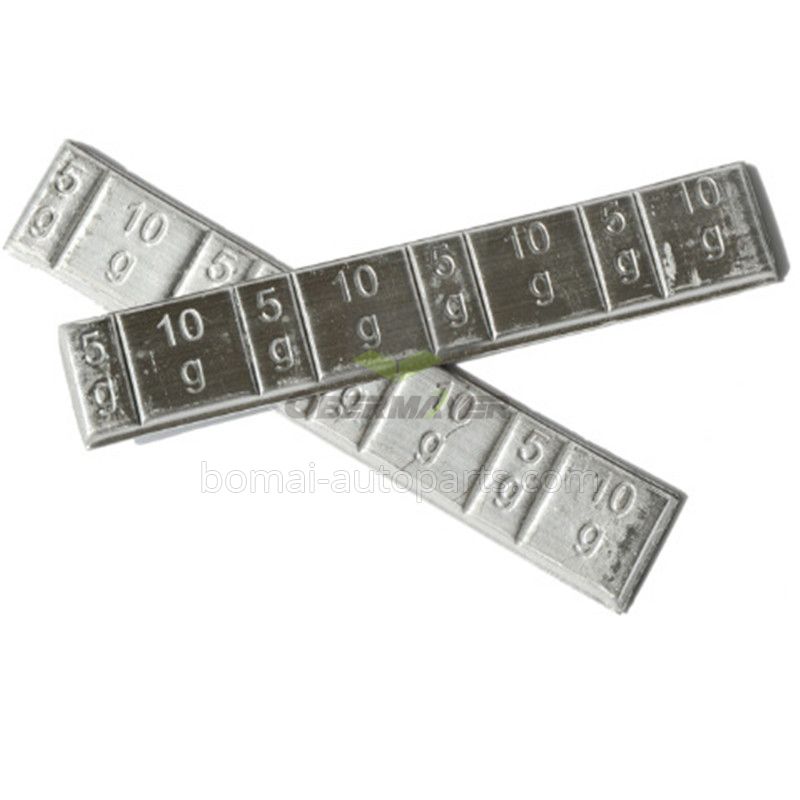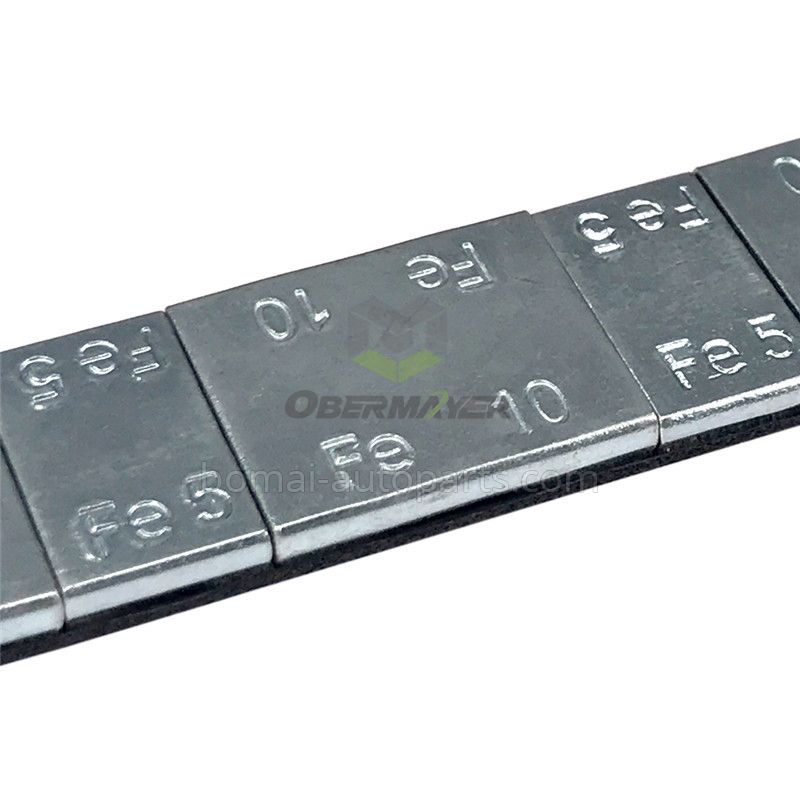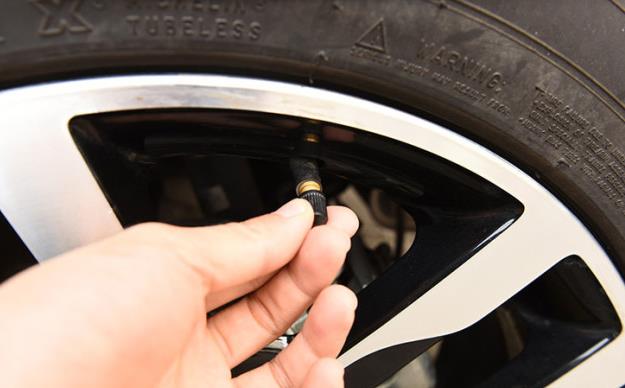How To Change A Flat Tire
Even if you have complete roadside assistance, it’s important to be versed in how to change a tire yourself. You never know when you or maybe a friend will need to switch out a flat without the benefit of immediate help from a technician.
The best way to learn is to not just read the steps but follow them. That way you have complete confidence in what you’re doing should the moment of putting this know-how to use arise. So dress appropriately and park your vehicle on a flat, paved surface.
You should always be carrying the necessary tools within your vehicle at all times. Check your owner’s manual if you aren’t sure where you spare tire is. If it’s missing, consider replacing it as soon as possible.
What You Need To Change A Flat Tire
Spare Tire — Should be in the trunk of passenger cars beneath the trunk floor. Trucks may have it mounted beneath the bed. Crossovers and SUVs sometimes carry it on the outside of their rear door.
Jack — Used to lift or “jack up” your vehicle.
Lug Wrench — A universal wrench that fits on the hexagonal heads of lug nuts.
Optional items that are an excellent idea to carry include: a flashlight for working in and around your vehicle at night, flares to warn drivers of your stopped vehicle, and wheel wedges to prevent your vehicle from rolling while you work on it. Read about the top 10 necessary tools for roadside repair.
How To Change A Flat Tire
Pull your vehicle into as safe a place as possible, like the side of a low-traffic street, the corner of a parking lot, or the shoulder of an off ramp. Preferably find a flat, paved surface so that your vehicle doesn’t roll while you work on it. Put on your hazards to announce to other drivers that your vehicle is disabled. Now you’re prepared to begin the following steps.
Make sure your vehicle is in Park, and put on the parking break to prevent your tires from rolling.
Unpack your spare tire and tools.>
Use your Lug Wrench to loosen the lug nuts by turning it counter clockwise while the vehicle is firmly rooted on the ground. Please be careful to only to loosen them slightly and not remove them completely. You could risk the tire coming off the hub and the vehicle dropping suddenly.
Position the Jack so that as you raise it, it lifts your vehicle by a section of its frame and NOT your vehicle’s body.
Lift your vehicle enough to easily remove the flat tire. Most original equipment Jacks are operated by turning a crank. Consult your owner’s manual for greater detail on your specific model.
Remove the wheel of the flat tire from the wheel studs.
Line up the spare tire with the wheel studs and place it on.
Screw on the lug nuts by hand until snug.
Crank the Jack in reverse to lower your vehicle back to the ground.
The lug nuts and the studs should be tightened enough to not allow the wheel to move. Once the vehicle is lowered and the weight is on the lugs andstuds, it may be difficult to properly tighten them.
Drive to your nearest tire dealer to have a professional technician evaluate your next steps and determine if you should repair or replace your damaged tire. Just remember that you can’t drive very fast, or very long on a spare tire. Check your owner’s manual for specifics on this, but conventional wisdom is to not exceed 50 miles per hour on a spare and to get it replaced as soon as possible.
As great as it is to know how to replace a tire, it’s even better to keep your tires properly maintained. A few minutes of prevention can save you several wasted hours and hundreds of dollars.




